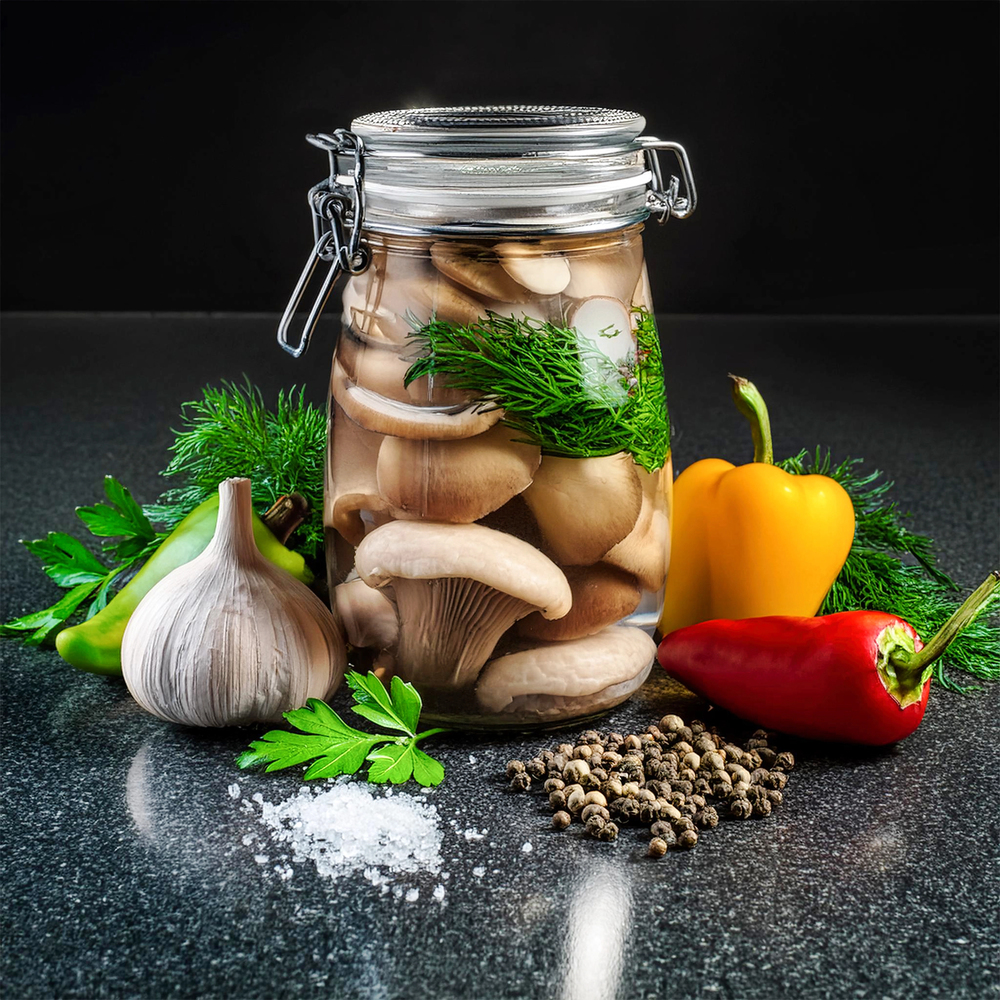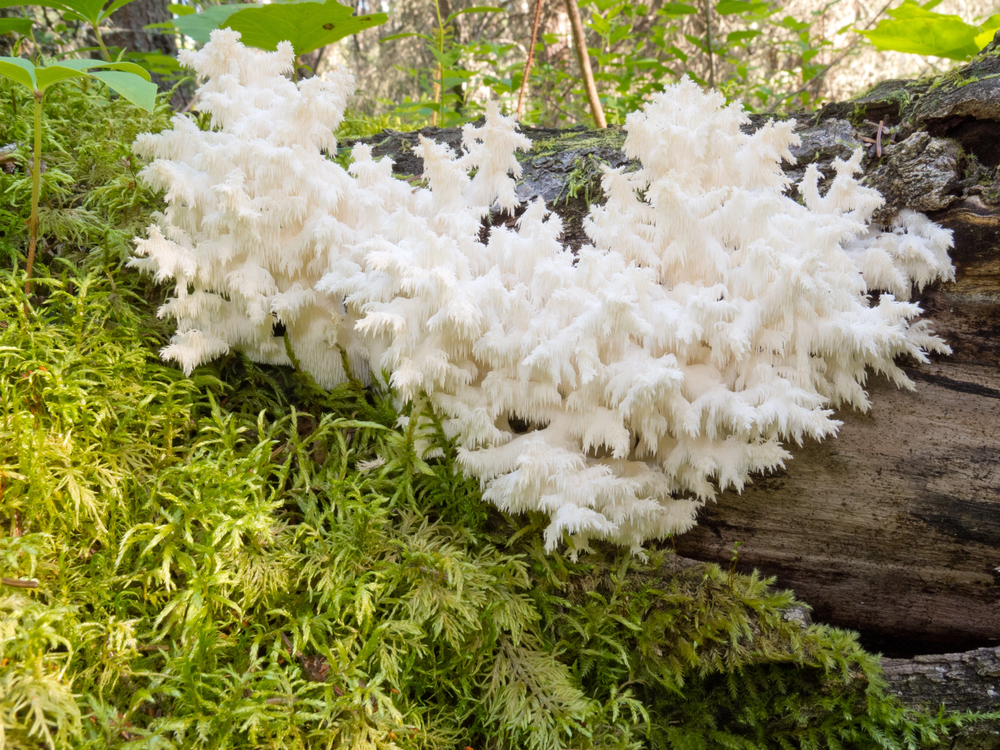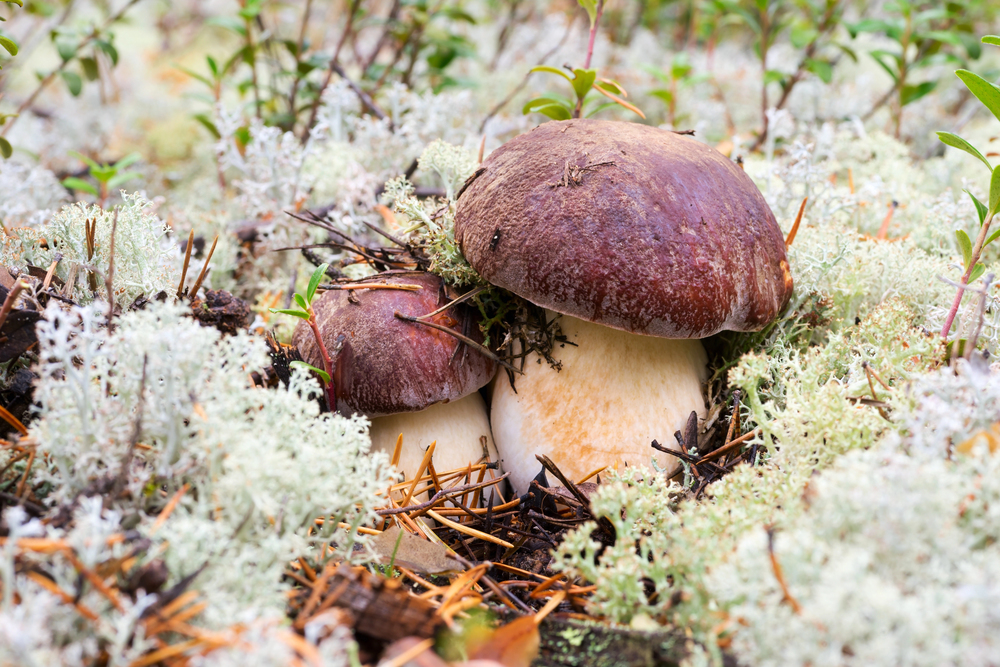Mushroom preservation poses an intriguing challenge for culinary enthusiasts and food preservationists. Techniques such as freezing, pickling, dehydration, canning, and freeze drying can enhance mushrooms’ distinctive flavors while extending their shelf life. Each method presents unique benefits and considerations that may impact taste and nutritional value. Understanding these processes is important for anyone wishing to enjoy mushrooms beyond their harvest season. Further exploration of each preservation technique’s nuances and their effects on flavor and longevity is warranted.
Freezing Techniques for Mushrooms
Freezing is a simple and effective method for preserving mushrooms, and understanding the different techniques can enhance the quality and longevity of the final product. Options include freezing cleaned or raw mushrooms, sautéed or boiled varieties, and raw breaded versions. Breaded mushrooms retain flavor exceptionally well; simply spread them on a cookie sheet before bagging. Frozen mushrooms can maintain their quality for about six months. For culinary flexibility, cooking from frozen is possible; deep frying at 350°F (~175°C) yields excellent results. By mastering these freezing techniques, you can enjoy the delightful taste of mushrooms long after their harvest season has ended.
The Pickling Process

Pickling mushrooms is a simple process that enhances their flavor and extends their shelf life. These pickled mushrooms can be stored in the refrigerator for over a year, making them perfect for snacking or as a side dish. The brine’s balance of tartness and sweetness creates an irresistible flavor profile.
| Ingredient | Quantity |
|---|---|
| Mushrooms | 1 pound |
| White vinegar | 2 cups |
| Sugar | 1 cup |
| Salt | 2 tablespoons |
| Spices (e.g., garlic, peppercorns) | To taste |
This method allows you to preserve and enjoy nature’s bounty.
Dehydration Methods
Dehydrating mushrooms is an effective preservation method that retains their unique flavor and extends shelf life. This technique is perfect for enjoying these versatile fungi in dishes like soups, stews, and mushroom tea. Use a dehydrator set to low heat to remove moisture without compromising taste. Once fully dehydrated, store the mushrooms in sealed jars to maintain freshness. Although dehydrated mushrooms may lose some texture and nutritional value, they can last for years, making them a great option for long-term storage. For a fun twist, try making mushroom jerky for a flavorful, portable snack.
Canning Instructions
Proper canning techniques are important for preserving mushrooms while keeping their texture and robust flavor. Start by cleaning the mushrooms thoroughly and cutting them into desired sizes. A pressure canner is necessary for safety and longevity. Fill sterilized jars with mushrooms, leaving appropriate headspace, and add salt if desired for flavor enhancement. Process jars according to the pressure canner’s guidelines, ensuring temperature control to prevent jar breakage.
| Step | Description | Time Required |
|---|---|---|
| Prepare Jars | Sterilize and dry jars | 10 minutes |
| Pack Mushrooms | Fill jars with mushrooms | 15 minutes |
| Pressure Can | Process in the canner | 45-60 minutes |
| Cool and Store | Allow jars to cool completely | 1 hour |
Freeze Drying
Freeze drying mushrooms offers numerous benefits for preserving their nutritional value and flavor. This method effectively retains vitamins, minerals, and antioxidants, ensuring health benefits are maintained long after harvest. Freeze-dried mushrooms are lightweight and shelf-stable, making them convenient for various culinary uses without the risk of spoilage. Additionally, the process keeps the mushrooms’ original taste and aroma intact, enhancing dishes they are added to. While the initial cost of a freeze dryer may seem high, the long-term advantages and convenience make it a worthy investment for quality food preservation. For more detailed information on freeze drying and its benefits, read more here.
Benefits of Freeze Drying
To ensure your freeze-dried mushrooms turn out perfectly, consider these tips:
Mushroom preservation techniques provide a way to enjoy the unique flavors and nutritional benefits of various species throughout the year. Each method offers distinct advantages, allowing you to choose the one that best suits your needs and culinary preferences. Whether you’re freezing, pickling, dehydrating, canning, or freeze drying, you’ll find that preserving mushrooms can elevate your cooking and reduce waste from excess harvests.



